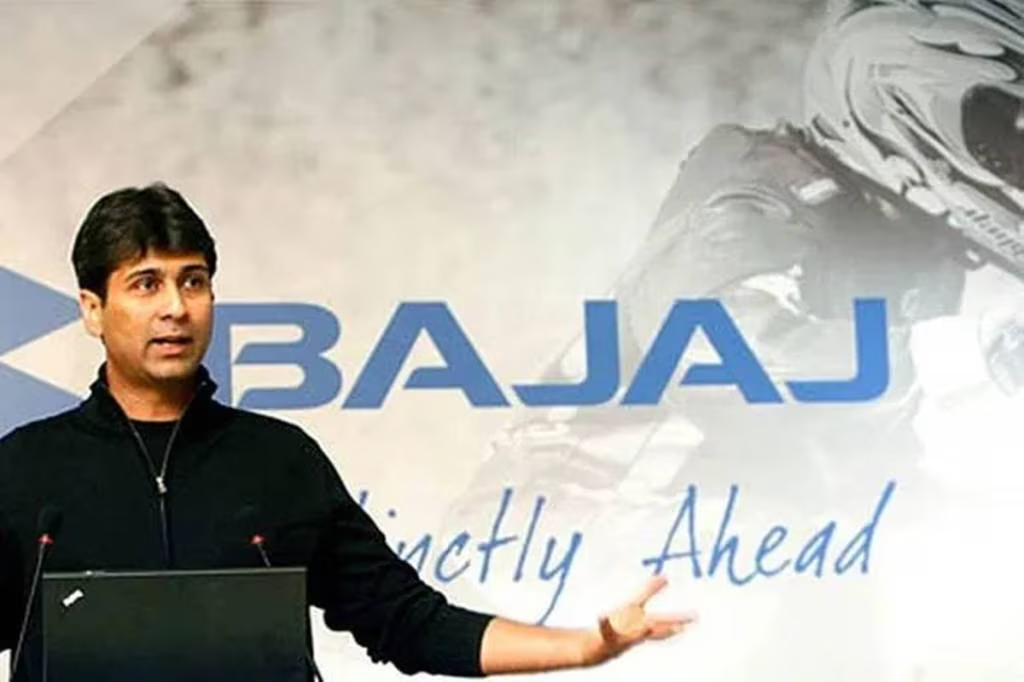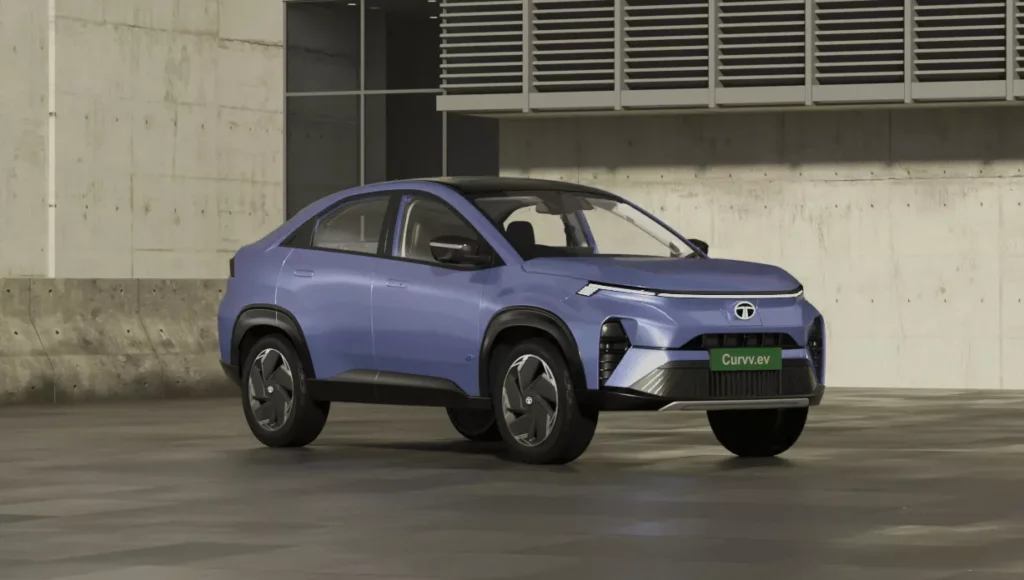In a dramatic turnaround, Bajaj Auto has surged back to the second position in India’s electric two-wheeler (E2W) market for September 2025, reclaiming the spot it lost to Ola Electric amid a severe supply chain disruption the previous month. According to the latest Vahan dashboard data, the Pune-based automaker registered 5,935 units, capturing a 20% market share in cumulative E2W sales year-to-date. This rebound follows a challenging August, where production of its Chetak e-scooters plummeted due to China’s export curbs on rare earth magnets—critical components for EV motors—resulting in a more than 30% sales drop to 11,802 units. Bajaj resumed full production and deliveries in the last week of August, signaling a swift recovery as the festive season approaches.
The e2W segment, which accounts for over 58% of India’s total EV sales, continues its robust growth trajectory, with September registrations reflecting a broader industry uptick driven by affordable models, expanding infrastructure, and FAME-III incentives. Bajaj’s resurgence underscores the resilience of legacy players in navigating global supply shocks, while highlighting ongoing vulnerabilities in the EV ecosystem.
The August Setback: Rare Earth Magnet Crisis Hits Hard
Bajaj Auto, a consistent No. 2 in E2W sales for much of 2025, was blindsided in August by a global shortage of heavy rare earth magnets, primarily due to China’s tightened export controls implemented in April 2025. These magnets, essential for high-performance permanent magnet synchronous motors in e-scooters, saw global exports plummet by 75%, with India—importing over 80% from China—bearing the brunt. Bajaj’s Managing Director Rajiv Bajaj had flagged the issue during the Q1 FY26 earnings call, warning of a potential “zero production month” in August if supplies didn’t stabilize.
The impact was stark: Chetak output fell by up to 50% in July, escalating to 50-60% impairment in August, forcing Bajaj to slip to fifth place with volumes down over 30% month-on-month. Rakesh Sharma, Executive Director at Bajaj, noted that the high-volume requirements for Chetak and electric three-wheelers amplified the pain, unlike smaller rivals with lower needs. Competitors like TVS Motor and Ather Energy mitigated blows through stockpiles, but Bajaj’s aggressive scaling—aiming for 10,000 partners by end-2025—made it particularly vulnerable.
By late August, Bajaj secured alternative sourcing and partial redesigns, resuming deliveries on August 20 and restoring full capacity ahead of schedule. This ensured adequate inventory for the Navratri and Diwali peaks, where E2W demand typically surges 30-35%. The episode exposed India’s 90% reliance on Chinese rare earth processing, prompting calls for government intervention, including domestic magnet production initiatives.
September Surge: Bajaj’s Chetak Leads the Charge
Bajaj’s September performance—5,935 registrations—marks a 20% year-to-date market share, up from prior months and ahead of TVS and Ather in the monthly tally. The Chetak lineup, including affordable variants like the 3501 (starting at ₹99,990) and premium 3502 with a 153km range, drove the recovery. Priced competitively with 99% localization, the Chetak boasts features like a 7-inch TFT display, removable batteries, and a 3-year/50,000km warranty, appealing to urban commuters and families.
This positions Bajaj as a volume leader among legacy players, with cumulative FY26 sales eyeing 200,000+ units. Eric Vas, President of Bajaj’s Urbanite Business Unit, emphasized: “Demand remains robust; we’ve scaled production while upholding quality.” The rebound not only recaptures the No. 2 spot but also narrows the gap with market leader Ola Electric, whose share has dipped amid service woes.
Broader E2W Landscape: A Maturing Market Amid Shifts
India’s E2W market is booming, with FY26 projections at 1.2-1.3 million units, up 20-25% from FY25’s 1.14 million. September’s data highlights intensifying competition:
| Player | September 2025 Sales | Market Share (Monthly) | YoY Growth | Key Notes |
|---|---|---|---|---|
| TVS Motor | ~18,000 (est.) | ~25% | +80% | iQube leads; strong rural push |
| Bajaj Auto | 5,935 | 20% (YTD) | +50% | Post-disruption rebound |
| Ola Electric | ~4,500 (est., slipped to 5th) | 18% (down) | -20% | Service complaints; backlog clearance |
| Ather Energy | ~3,800 | 12% | +65% | Rizta family boosts premium sales |
| Hero MotoCorp | ~2,500 | 8% | +150% | Vida lineup gains traction |
Note: September estimates based on partial Vahan data and trends; full figures pending.Ola Electric, despite leading cumulatively with 344,000+ units in FY25, slipped to fifth in September due to registration backlogs and quality issues, its share eroding to ~18%. TVS holds the monthly top spot with the iQube’s 160km range and 1,000+ experience centers. Ather’s tech ecosystem, including the 160km Rizta, captured 12% share, while Hero’s Vida surged 150% YoY.
The sector’s 40% YoY growth in recent months stems from falling battery costs ($100/kWh), 100,000+ charging stations targeted by 2025, and PM E-Drive subsidies (₹5,000/kWh cap). However, challenges like uneven infrastructure and import dependencies persist.
Future Outlook: Festive Boost and Supply Chain Lessons
With Flipkart’s Big Billion Days (September 26-October 6) offering discounts on E2Ws from Bajaj, Ola, TVS, and Hero, September-October volumes could hit 100,000+ units. Bajaj’s 10,000-partner network expansion by end-2025 positions it for 25% share, focusing on magnet-free tech and light rare earth alternatives.
The rare earth saga has galvanized the industry: SIAM and the government are fast-tracking certifications and local production, aiming to de-risk the ecosystem. For Bajaj, this hiccup reinforces its pivot to EVs—now 15% of two-wheeler sales—while proving legacy engineering can outpace disruptors in resilience.
As India targets 30% E2W penetration by 2030, Bajaj’s comeback story is a reminder: In the race to electrify, adaptability wins. With Chetak deliveries rolling, the festive fireworks are set to light up Pune’s streets—and India’s EV map.



